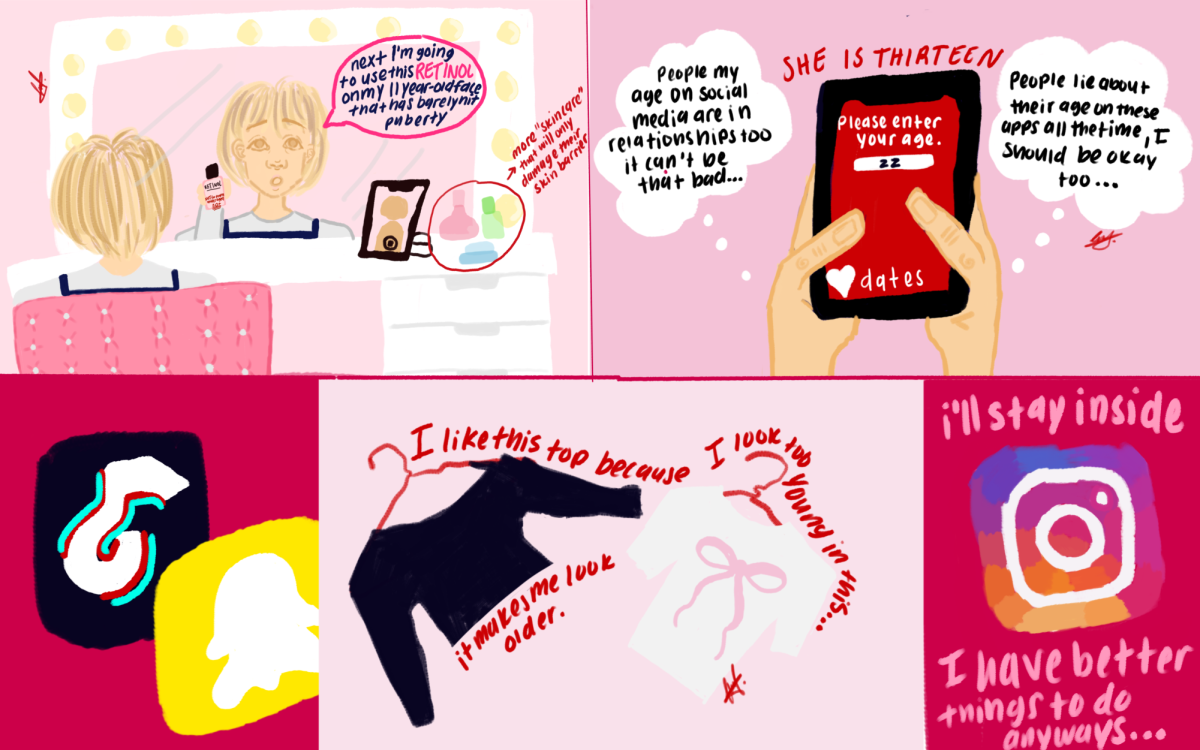
Recently, the Wuhan coronavirus has been causing panic across the world. Deaths from the mysterious virus have surpassed 1,000 in China, exacerbated by the long incubation period for the virus, poor quarantines and lack of efficient treatment. 11 cases have been confirmed in the United States so far. The coronavirus is new, and it’s not fully understood yet. That can be scary. However, there is another virus that claims thousands of lives in the United States every year, including this year, and which goes largely unaddressed: influenza.
Influenza, more commonly just called “the flu”, is an incredibly common virus that attacks the lungs, nose, and throat. The symptoms are “typical” illness symptoms: fever, chills, coughing, a runny nose. However, these symptoms are generally more severe than in the case of a common cold. The CDC estimates that 19 million Americans have been infected so far. The flu has caused the hospitalization of 180,000 Americans, and the deaths of 10,000. All of these numbers are from the 2019-2020 flu season alone.
Many teens skip the flu vaccine. They do so for two main reasons: they feel invulnerable, and the flu doesn’t sound all that scary. It’s often assumed that the only people who can get seriously ill from the flu are the elderly or immunocompromised, and while these groups are certainly at higher risk, teens can become very sick from it too. If they’ve skipped the flu vaccine, the infection risk skyrockets.
Schools are a prime breeding ground for the spread of the flu. Marjory Stoneman Douglas, like so many other high schools, has a culture of attendance. Missing school, even for illness, is often deemed not worth the pile of make-up work awaiting a student’s return. Personalization has helped this somewhat, but block scheduling also means that missing one day can miss some important concepts. So students often decide not to stay home, despite having the flu.
When students with the flu show up, they become an infection risk. Essentially, they’re walking biohazards: every time they speak or cough or sneeze, they release the virus into the air to be inhaled by other students. Even coughing into one’s hand or arm can be insufficient. It’s a common sight in hallways to see red-nosed students wipe their noses on their sleeves, or cough into their hands, then reach for the doorknob you also need to grab. All of this facilitates the spread of the virus, which can easily reach epidemic-like proportions as flu season drags on.
Showing up to school with the flu is irresponsible and unfair to your fellow students. If you’re exhibiting severe flu-like symptoms, stay home, both for your sake and for your classmates. If you get to rest and consume lots of fluids, you’ll feel better much quicker than if you drag yourself to classes. You’ll also be containing your symptoms to yourself, and reducing the spread of the virus. If you’re feeling mostly better and decide you simply cannot miss another day of class, consider wearing a face mask over your nose and mouth until your symptoms fade. It might look silly but try drawing a mustache on it or something. It’s stylish to be safe.
Though the best course of action when you have the flu is usually to stay home and rest, there are some situations where you should go to a doctor or the hospital. If your symptoms persist for over two weeks if you can’t kick a cough, if you have concentrated pain in a specific area or if your fever improves then worsens, go see your doctor. If you can’t breathe, have severe chest pain, experience confusion, can’t stop throwing up, get dizzy, feel severe neck stiffness or pass out, go to the emergency room.
There are several good ways to avoid contracting the flu in the first place. First and foremost, get your flu vaccine. Though it’s best to get it in October, it’s never too late in the flu season to make the choice not to get sick. Seriously, get vaccinated. Another good way to avoid the flu is washing your hands frequently for 20 seconds at a time with soap. This reduces your risk of contracting the virus through hand-nose, hand-mouth, or hand-eye contact. If you have an infected friend or partner, be smart. If you’re dating someone and they’ve got the flu, don’t make out with them. (Especially not in the hallways, doubly gross.) If a friend has the flu, don’t share food or drinks with them.
The flu isn’t flashy, and it isn’t new. But it’s a real and sometimes-severe virus that presents a real and sometimes-severe risk to everyone. If you’re sick, don’t become a biohazard. If you’re not sick, take the steps necessary to stay that way.










